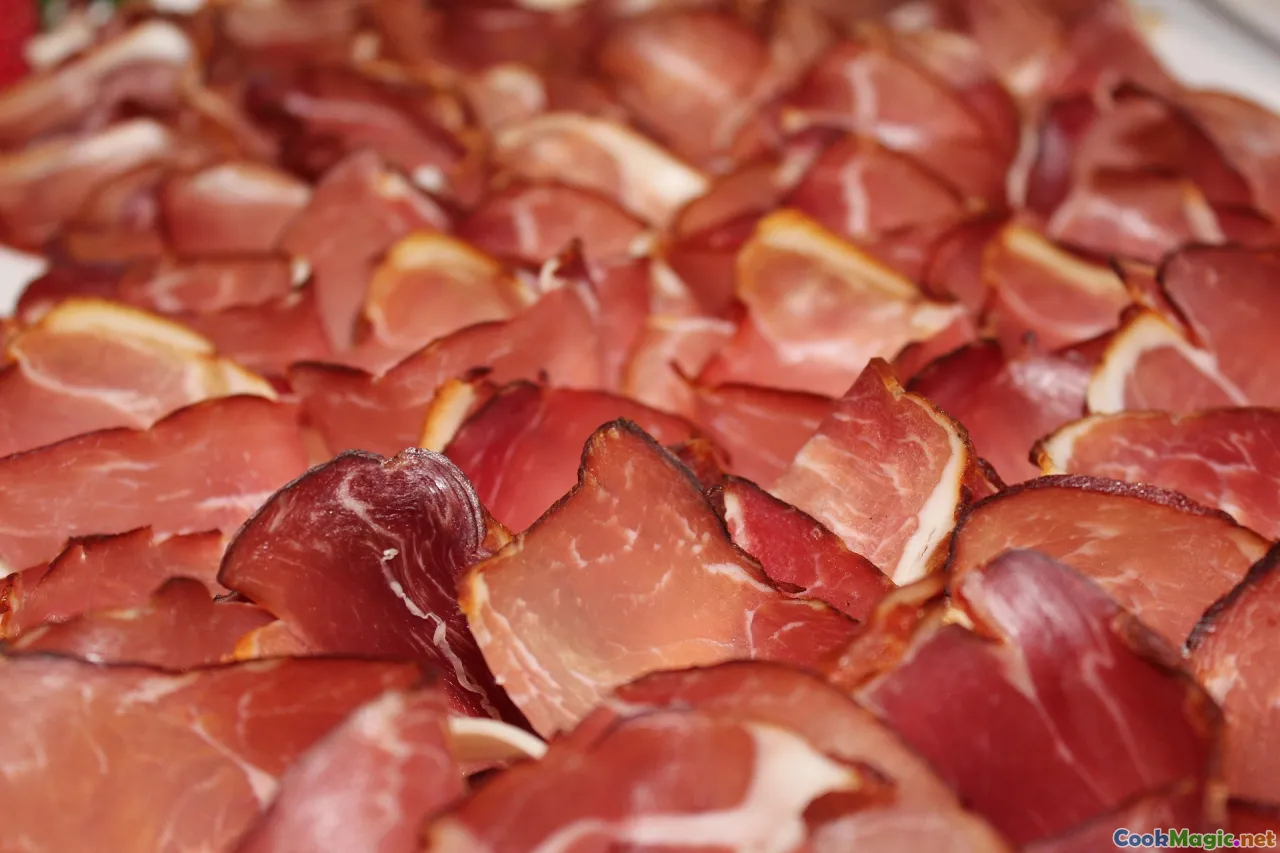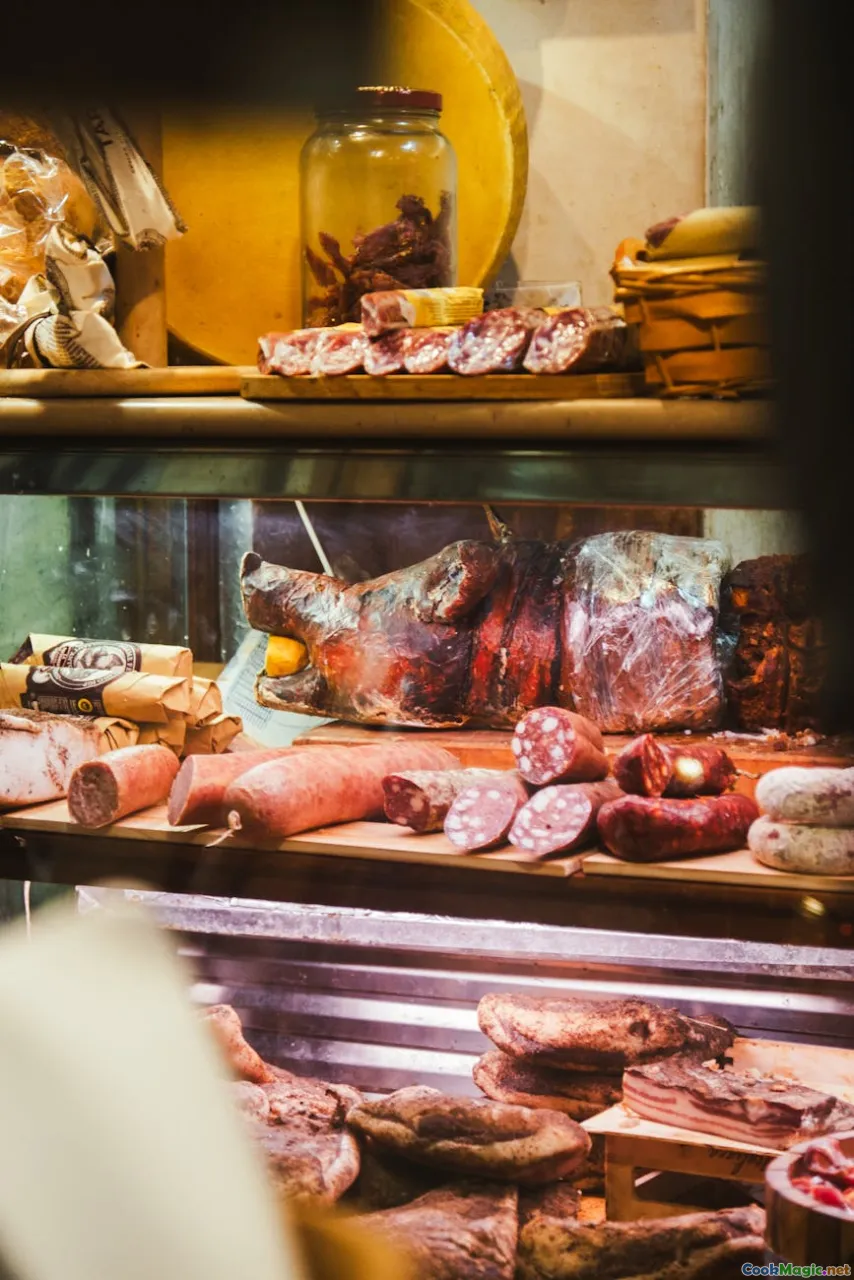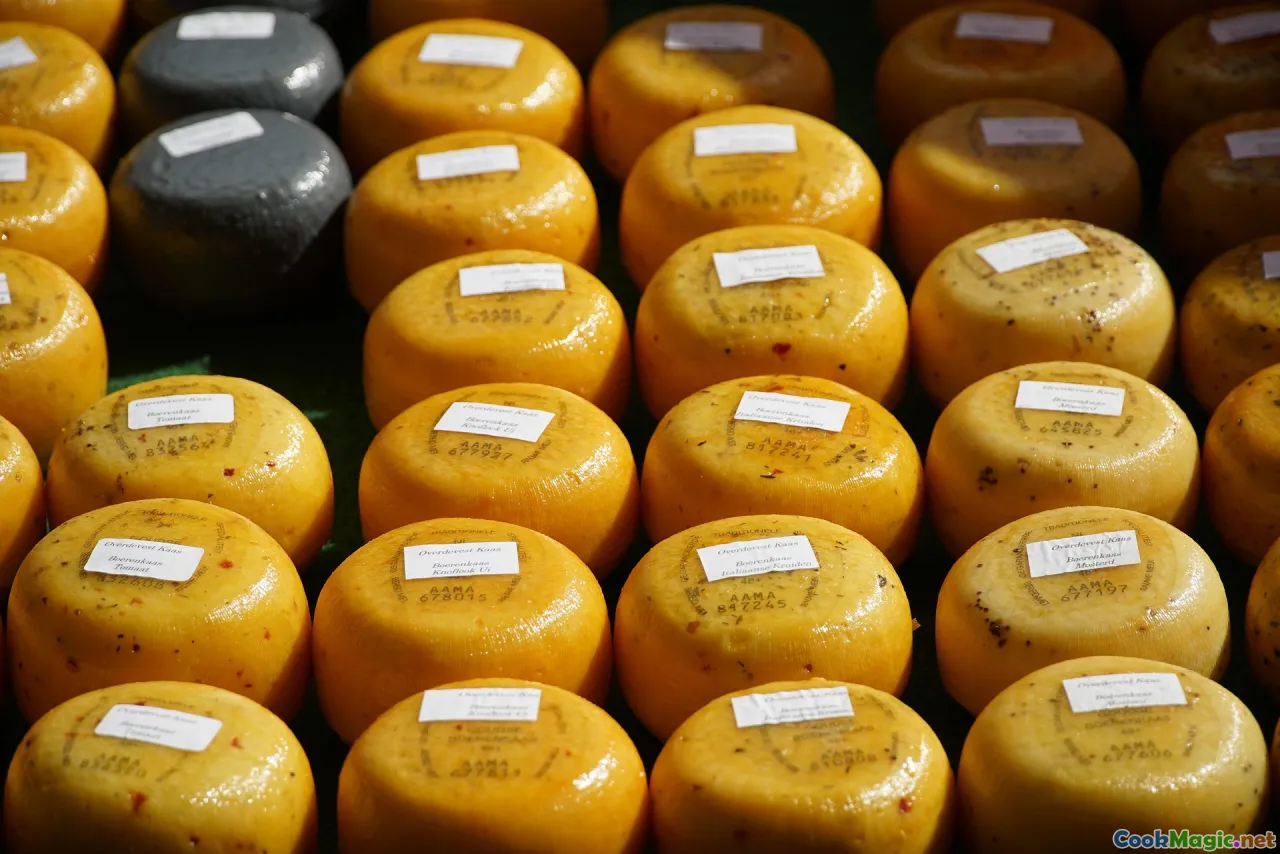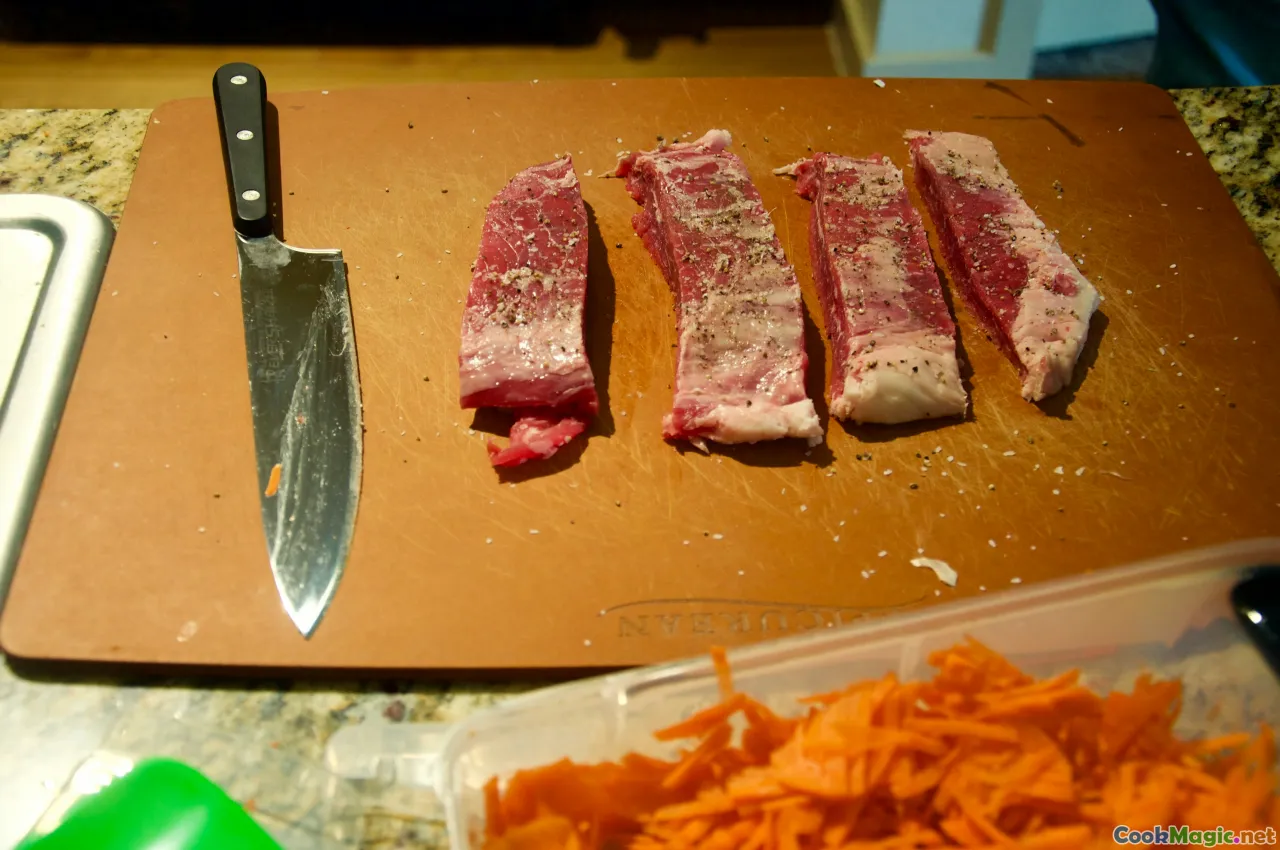Traditional Cured Meats Key to Macedonian Meze
11 min read Discover how traditional cured meats define the rich flavors of Macedonian meze, celebrating heritage and culinary craftsmanship. June 30, 2025 06:05
Traditional Cured Meats: The Heart of Macedonian Meze
As the warm sun dips behind the rugged Balkan mountains, the air fills with a intoxicating symphony of smoky, savory, and spicy aromas. In Macedonia, these scents are not mere smells—they are an invitation to a rich cultural tapestry woven through centuries. At the core of this sensory bounty lies the storied tradition of cured meats, the cornerstone of Macedonian meze. For those fortunate enough to visit during a festive gathering or in a quaint village tavern, the experience of Macedonian cured meats is unforgettable: an exquisite dance of textures, flavors, and history.
In this article, we journey into the heart of Macedonian culinary heritage—exploring the craft of curing, the varieties, historical roots, and cultural significance—bringing to light why these traditional meats are indispensable to a genuine meze platter.
The Rich History and Cultural Significance of Cured Meats in Macedonia

Macedonia’s geographical crossroads has profoundly shaped its culinary landscape. For centuries, its people have perfected methods of preserving meat—rooted in necessity, nurtured by tradition, and celebrated through communal gatherings. Historically, during the long Balkan winters, cured meats became not only a source of sustenance but also a symbol of resilience and regional identity.
From the nomadic shepherds of the Pindus Mountains to bustling Skopje markets, the methods have evolved but the soul remains constant. Traditional curing practices—hanging the meats in smoky cellars, sun-drying in open-air spaces, and infusing with local herbs—are passed down through generations.
For Macedonians, cured meats are more than food; they are entwined with social bonding, religious rituals, and familial pride. A plate featuring slices of perfectly cured prosciutto or fragrant sausages often marks special occasions—weddings, Orthodox Christian festivals, and village celebrations—transforming simple sustenance into stories and memories.
The Art and Craft of Curing Meat in Macedonia

Mastering the craft of traditionally curing meat involves patience, skill, and a deep understanding of natural environments. Macedonian artisans select premium cuts—pork, lamb, and even more exotic options like veal—often sourced locally, supporting sustainable farming practices.
Basic Principles of Macedonian Curing
- Salting and Drying: The backbone of Macedonian cured meats. Coarse sea or rock salt imparts flavor and draws out moisture, inhibiting spoilage.
- Herb Infusions: Local herbs such as thyme, laurel, rosemary, and wild oregano are generously rubbed onto meats before hanging. These not only add aroma and flavor but also natural preservative properties.
- Smoking: Traditionally, conifers or fruit woods like apple and cherry are used to impart a gentle smoky aroma. Smokehouses linger in many villages as living museums.
- Temperature and Humidity Control: Optimal conditions are maintained, often within stone cellars or open-air drying racks, ensuring even curing.
A Traditional Macedonian Cured Meat Example: Sopska Boza and Carrara ProsciuttoThe delicate, semi-driedcarrara prosciutto made from pork leg, marinated in garlic, paprika, and wild herbs, hangs in caves or cool cellars. It’s sliced thinly, revealing a marbled pink-and-white pattern, exuding a fragrant smoky aroma.
Varieties of Macedonian Cured Meats and Their Unique Flavors

1. Suva Svana (Air-Dried Pork)
This traditional air-dried pork is comparable to dried ham. It’s cured with salt, smoked over juniper or oak, and left to hang in mountain air for months. The result is a firm, flavorful meat with hints of pine and spice. When sliced paper-thin, it melts on the tongue.
2. Saslik Sausages (K indoors)
These thick, spicy sausages are made from coarsely ground pork or lamb, seasoned with paprika, garlic, and wild herbs. They are traditionally grilled or pan-fried, their juices bursting with robust flavors and smoky undertones.
3. Kashkaval-Kranjska Style Salami
A cured sausage that combines Macedonian spices with Slovenian influences. It’s spicy, with a coarse texture and bright red color—perfect for loading onto a crusty bread alongside feta and olives.
4. Rakia-Marinated Bresaola
Slices of cured veal or beef, cured with salt and herbs, then lightly marinated in local grape brandy—glass of Rakia—before serving. The result marries the subtle sweetness of meat with aromatic spirits.
Slicing, Serving, and Pairing – Elevating the Cured Meat Experience

The careful slicing of cured meats reveals their craftsmanship—thinning with a razor-sharp knife, exposing the intricate marbling and vibrant colors. Presentation is crucial; meats are often served on wooden boards or terracotta platters, accompanied by fresh flatbreads, marinated vegetables, and local cheeses.
Pairing with Macedonian Wines and Spirits
Macedonia boasts a burgeoning wine scene—try pairing smoky prosciutto with a glass of Vranec red or sketchy white with a refreshing Smederevka. Rakia, the potent fruit brandy, complements the saltiness and smoky notes of cured meats, making the pairing an intoxicating journey.
The Perfect Meze Platter
A traditional meze showcases an array of cured meats—shriveled prosciutto, spicy sausages, and bresaola—artfully arranged with pickled peppers, anchovies, and fresh herbs. A drizzle of local olive oil and a squeeze of lemon elevate these bites.
Behind the Scenes: Visiting Macedonian Cured Meat Makers

Travelers and food enthusiasts alike cherish visits to Macedonian villages where artisans uphold age-old curing traditions. In the village of Tetovo, small family-run salumerias showcase meats hung in smoky chambers, where the air echoes with stories of generations.
In Skopje’s bustling markets, like Čaršija, vendors demonstrate the curing process—rubbing meats with herbs, spinning sausages on skewers, and sharing family secret recipes. Engaging with these producers offers an immersive glimpse into Macedonia’s culinary soul.
Troubleshooting and Tips for Recreating Macedonian Cured Meats at Home

While authentic Macedonian curing requires specific conditions, enthusiasts can undertake small-scale projects:
- Use high-quality meats and coarse sea salt.
- Incorporate local herbs—thyme, wild oregano, laurel—in rubbing mixes.
- Dry meats in a cool, ventilated space away from direct sunlight.
- Experiment with traditional smoking using fruit woods or herbal smokes.
- Patience is key: curing times can range from a few weeks to several months.
Always observe proper hygiene and food safety standards; microbial control is vital.
Cultivating the Macedonian Spirit through Cured Meats

For Macedonians, cured meats transcend mere nutrition—they embody social cohesion, regional identity, and ancestral pride. When slicing a piece of suva svana at a family gathering, stories unfold about bygone days and local lore.
These meats act as a culinary bridge—linking past and present, rural and urban, local and global. Sharing a platter of Macedonian cured meats becomes an act of cultural preservation and celebration.
Whether on a rustic mountain porch or in the heart of Skopje’s vibrant cafés, the traditional cured meats remain a linchpin of Macedonian meze—fruitful, fiery, and fundamentally Macedonian.
As you next indulge in a plate of fine cured meats, remember: you are tasting centuries of history, resilience, and communal spirit—an irreplaceable slice of Macedonia’s soul.









